Home>Garden Essentials>How To Make A Hummingbird Water Fountain
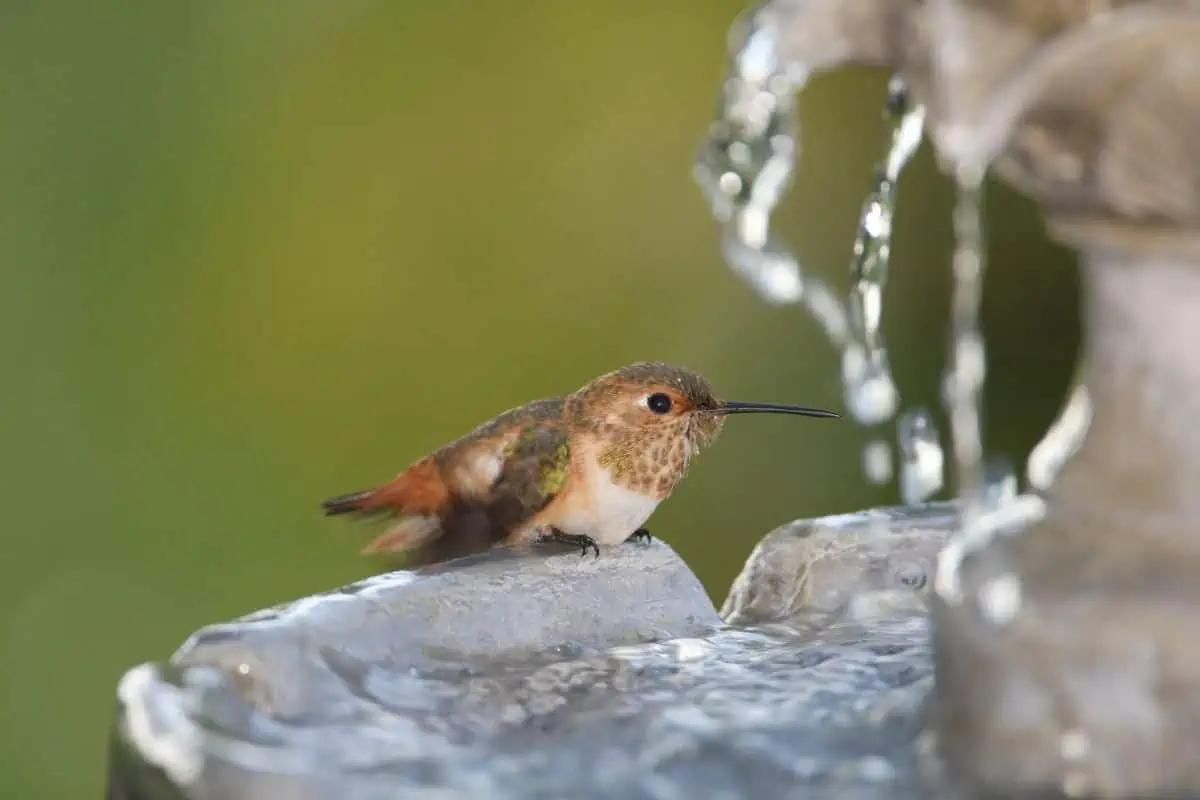

Garden Essentials
How To Make A Hummingbird Water Fountain
Modified: March 16, 2024
Learn how to create a stunning hummingbird water fountain for your garden. Transform your outdoor space into a haven for these beautiful creatures with our step-by-step guide and expert tips.
(Many of the links in this article redirect to a specific reviewed product. Your purchase of these products through affiliate links helps to generate commission for Storables.com, at no extra cost. Learn more)
Introduction
Welcome to the world of hummingbirds! These vibrant and fascinating creatures bring joy to any garden with their dazzling colors and mesmerizing flight patterns. One way to attract hummingbirds to your garden is by providing them with a water source. While traditional bird baths are common, why not create a hummingbird water fountain that adds both beauty and functionality to your outdoor space? In this article, we will guide you through the steps of creating your very own hummingbird water fountain that will surely be a delightful addition to your garden.
Hummingbirds are tiny birds with high metabolisms that require frequent hydration. They are naturally attracted to moving water, as it signifies freshness. By providing a water fountain, you not only offer them a place to drink but also an opportunity to cool off and bathe. Plus, a hummingbird water fountain adds an enchanting touch to your garden, creating a serene atmosphere for you and your feathered friends to enjoy.
Before we dive into the details, let’s gather the materials you will need for this project.
Key Takeaways:
- Attract hummingbirds to your garden by creating a beautiful and functional water fountain. Follow the steps to choose the right location, container, and design, and enjoy the delightful visits of these vibrant creatures.
- Maintain your hummingbird water fountain to keep it clean and enticing for the birds. Regular cleaning, monitoring, and care will ensure a refreshing and inviting space for hummingbirds to enjoy.
Read also: 11 Best Hummingbird Water Fountain For 2024
Materials Needed
To create a hummingbird water fountain, you will need the following materials:
- A shallow container or bowl: Choose a container that is wide and shallow to provide ample space for the hummingbirds to perch and drink.
- A waterproof basin or reservoir: This will serve as the base of the fountain and hold the water. It should be large enough to accommodate the container and the water pump.
- A water pump: Look for a small submersible pump that is suitable for outdoor use. It’s important to choose a pump that has adjustable flow control to customize the water movement.
- Tubing: You will need tubing to connect the pump to the fountain head. Ensure that the diameter of the tubing matches the outlet size of the pump.
- A fountain head: This is the element that disperses the water and creates a beautiful water display. Opt for a small fountain head that produces a gentle spray or drips, as hummingbirds prefer a more subdued water flow.
- Rocks or pebbles: These will be used to decorate the fountain and provide a landing area for the hummingbirds.
- A power source: Since the water pump requires electricity, make sure you have access to a nearby power outlet or consider using a solar-powered pump.
- Extension cord (if needed): Depending on the distance between your fountain and the power source, you may need an extension cord to connect the pump.
Once you have gathered all the necessary materials, it’s time to move on to the next step: choosing the right location for your hummingbird water fountain.
Step 1: Choosing the Right Location
Choosing the right location for your hummingbird water fountain is crucial in attracting these delightful creatures to your garden. Here are a few factors to consider:
- Visibility: Select a spot in your garden where the water fountain will be easily visible, both to you and the hummingbirds. Ideally, it should be placed in an open area where the birds can spot it from a distance.
- Sunlight and Shade: Hummingbirds prefer to visit water sources that are in partial shade. Too much direct sunlight can cause the water to become too warm, deterring the birds from using it.
- Proximity to Vegetation: Position the fountain near a shrub, tree, or other vegetation, as hummingbirds often seek shelter and nesting sites nearby. The presence of foliage also provides them with perching spots to rest.
- Quiet and Peaceful Area: Hummingbirds are easily startled by noise and human activity. Place the fountain in a quiet area of your garden to create a calm and peaceful atmosphere that will make the birds feel secure while visiting.
Once you have identified the perfect location, it’s time to move on to selecting the right container for your hummingbird water fountain.
Step 2: Selecting the Right Container
The container you choose for your hummingbird water fountain will serve as the main drinking area for the birds. Here are some tips to help you select the right one:
- Shallow and Wide: Hummingbirds prefer shallow water sources, so opt for a container that is no more than 2 inches deep. The width should be sufficient to accommodate multiple birds at once.
- Safe Material: Choose a container made of non-toxic material, such as ceramic, glass, or food-grade plastic. Avoid containers with any coatings or finishes that may be harmful to the birds.
- No Sharp Edges: Check the container for any sharp edges or rough surfaces that could potentially harm the hummingbirds. Smooth and rounded edges are ideal.
- Easy to Clean: Ensure that the container is easy to clean and maintain. You will need to regularly clean and refill the fountain to provide fresh water for the hummingbirds.
- Add Perches: Consider adding small sticks or decorative stones inside the container to create perching areas for the hummingbirds. These will allow them to rest while drinking.
- Attractive Design: Select a container that complements your garden aesthetic. You can opt for a colorful bowl or a decorative dish that adds beauty to your outdoor space.
Once you have chosen the perfect container, it’s time to move on to the next step: creating the base for your hummingbird water fountain.
Step 3: Creating the Base
The base of your hummingbird water fountain will provide stability and support for the container and pump. Here’s how you can create the base:
- Choose a waterproof basin or reservoir that is large enough to hold the container and accommodate the water pump. This will serve as the foundation for your fountain.
- Ensure that the basin is level and sturdy. You can place it directly on the ground or use a stable platform such as a concrete slab or wooden decking.
- Position the container in the center of the basin. Adjust its placement until you are satisfied with the overall look and balance.
- If necessary, use bricks, stones, or waterproof adhesive to secure the container in place and prevent any movement.
- Ensure that the container is stable and level. This will ensure proper water flow and prevent any tipping or spills.
Once you have created a solid base for your hummingbird water fountain, it’s time to proceed to the next step: adding a pump to create water movement.
Place the hummingbird water fountain in a shaded area to prevent the water from getting too hot. This will help attract more hummingbirds to your garden.
Read more: How To Make A Tabletop Water Fountain
Step 4: Adding a Pump
Adding a water pump to your hummingbird water fountain is essential to create movement and attract the birds. Follow these steps to incorporate a pump:
- Select a small submersible water pump that is suitable for outdoor use.
- Place the pump inside the basin or reservoir, ensuring that it is fully submerged in water.
- Attach the tubing to the outlet of the pump. The diameter of the tubing should match the outlet size of the pump.
- Thread the tubing through a hole in the bottom of the container, positioning it towards the center. This will allow water to flow into the container.
- Secure the tubing in place to prevent it from shifting or becoming loose.
- Connect the other end of the tubing to a fountain head or nozzle that disperses water in a gentle spray or drip pattern.
- Adjust the flow control of the pump to achieve the desired water movement. You can increase or decrease the flow according to the preference of the hummingbirds.
- Test the pump to ensure that water is flowing smoothly and there are no leaks or malfunctions.
By adding a pump, you introduce movement and sound to the water fountain, making it more enticing for hummingbirds to visit. The next step is to design the fountain to enhance its visual appeal.
Step 5: Designing the Fountain
Designing your hummingbird water fountain involves adding decorative elements and creating an inviting environment for the birds. Here are some ideas to enhance the overall aesthetic:
- Add decorative rocks, pebbles, or colorful glass beads to the bottom of the container. Not only will they enhance the visual appeal, but they will also provide landing areas for the hummingbirds.
- Incorporate natural elements like small branches, twigs, or driftwood around the fountain. These will offer additional perching spots for the birds.
- Consider surrounding the fountain with a few potted plants or flowers that are known to attract hummingbirds, such as lavender, trumpet vine, or bee balm.
- Position the fountain in a garden bed or a larger planter to create a focal point and make it blend seamlessly with the surrounding greenery.
- Choose a fountain head that produces a gentle and mesmerizing water flow. This can be a tiered nozzle, a spout, or a dripper. Experiment with different fountain heads to find the one that is most appealing to the hummingbirds.
- Install small solar-powered LED lights around the fountain to create a magical ambiance during nighttime and attract nocturnal hummingbird species.
Let your creativity flow as you design your hummingbird water fountain. Remember, the goal is to create an inviting and aesthetically pleasing space for the birds to enjoy.
Now that you have designed your fountain, it’s time to add water and test its functionality.
Step 6: Adding Water and Testing the Fountain
Now that your hummingbird water fountain is set up and designed, it’s time to add water and test its functionality. Follow these steps to ensure everything is working smoothly:
- Fill the container with fresh, clean water. Ensure that the water level is shallow enough for the hummingbirds to access it comfortably.
- Plug in the water pump and turn it on. Observe the flow of water and make any necessary adjustments to the flow control or fountain head to achieve the desired water movement. Keep in mind that hummingbirds prefer a gentle and subtle water flow.
- Check for any leaks or malfunctions in the tubing, pump, or fountain head. Make sure everything is properly connected and sealed.
- Observe the fountain for any irregularities or issues. Ensure that the water is circulating correctly and that there are no obstructions or clogs.
- Monitor the fountain’s water level regularly and replenish it as needed. Hummingbirds require clean and fresh water, so be sure to change the water frequently.
Once you have added water and tested the fountain, take a moment to appreciate the soothing sound of the water and imagine the delight of the hummingbirds as they discover this new water source in your garden.
Now that your hummingbird water fountain is up and running, you will need to maintain it to ensure its longevity and keep it enticing for the birds.
Step 7: Maintaining the Fountain
Maintaining your hummingbird water fountain is essential to keep it clean, functional, and attractive to hummingbirds. Here are some maintenance tips to follow:
- Regularly clean the container and basin. Empty the water, remove any debris, and use a mild detergent or vinegar solution to scrub away any algae or mineral deposits. Rinse thoroughly before refilling.
- Inspect the tubing and fountain head for any clogs or blockages. Remove any debris or buildup that may interfere with the water flow.
- Monitor the water level regularly and replenish it as needed. Hummingbirds prefer fresh water, so it’s important to keep the fountain filled at all times.
- Check the pump regularly for any issues such as unusual noises, vibrations, or reduced water flow. Clean or replace the pump if necessary.
- During winter or freezing temperatures, ensure that the fountain is properly drained and stored indoors to prevent damage caused by freezing water.
- Inspect the fountain and its components periodically for any signs of wear and tear. Replace any damaged or worn parts to maintain the functionality and aesthetics of the fountain.
- Keep the surrounding area clean and free from debris. This will prevent any contamination of the water and ensure a safe environment for the hummingbirds.
By regularly maintaining your hummingbird water fountain, you’ll be providing a clean and enticing water source for the birds, enhancing their overall experience in your garden.
Congratulations on creating your very own hummingbird water fountain! Not only have you added a beautiful feature to your garden, but you have also created a haven for these stunning creatures. Now, sit back, relax, and enjoy the fluttering visits of hummingbirds as they sip from your lovely fountain.
Remember to continue observing and appreciating these marvelous creatures as they bring beauty and joy to your outdoor space.
Happy hummingbird watching!
Read more: How To Make A Cat Water Fountain
Conclusion
Creating a hummingbird water fountain is a rewarding and enjoyable project that not only adds beauty to your garden but also attracts these magnificent creatures. By following the steps outlined in this guide, you have successfully crafted a water feature that will provide refreshment and enjoyment for both you and the hummingbirds.
Remember, hummingbirds are naturally drawn to moving water, and by providing them with a water fountain, you are ensuring that they have a reliable source of hydration. They will be enticed by the gentle flow and the opportunity to bathe and cool off.
As you embark on this journey, be sure to choose the right location for your fountain, select a suitable container, and create a stable base. Adding a pump and designing the fountain with decorative elements will make it visually appealing to both you and the hummingbirds.
Regular maintenance is key to keeping your hummingbird water fountain in optimal condition. Clean the container and basin regularly, check for any clogs or malfunctions, and keep the water fresh and replenished.
Invite hummingbirds to your garden, and create a space where they can thrive and delight you with their aerial acrobatics and vibrant colors. Enhance your outdoor experience by observing these tiny creatures as they visit your hummingbird water fountain.
Now it’s time to sit back, relax, and enjoy the magical allure of hummingbirds as they visit your garden oasis. Happy hummingbird watching!
Frequently Asked Questions about How To Make A Hummingbird Water Fountain
Was this page helpful?
At Storables.com, we guarantee accurate and reliable information. Our content, validated by Expert Board Contributors, is crafted following stringent Editorial Policies. We're committed to providing you with well-researched, expert-backed insights for all your informational needs.
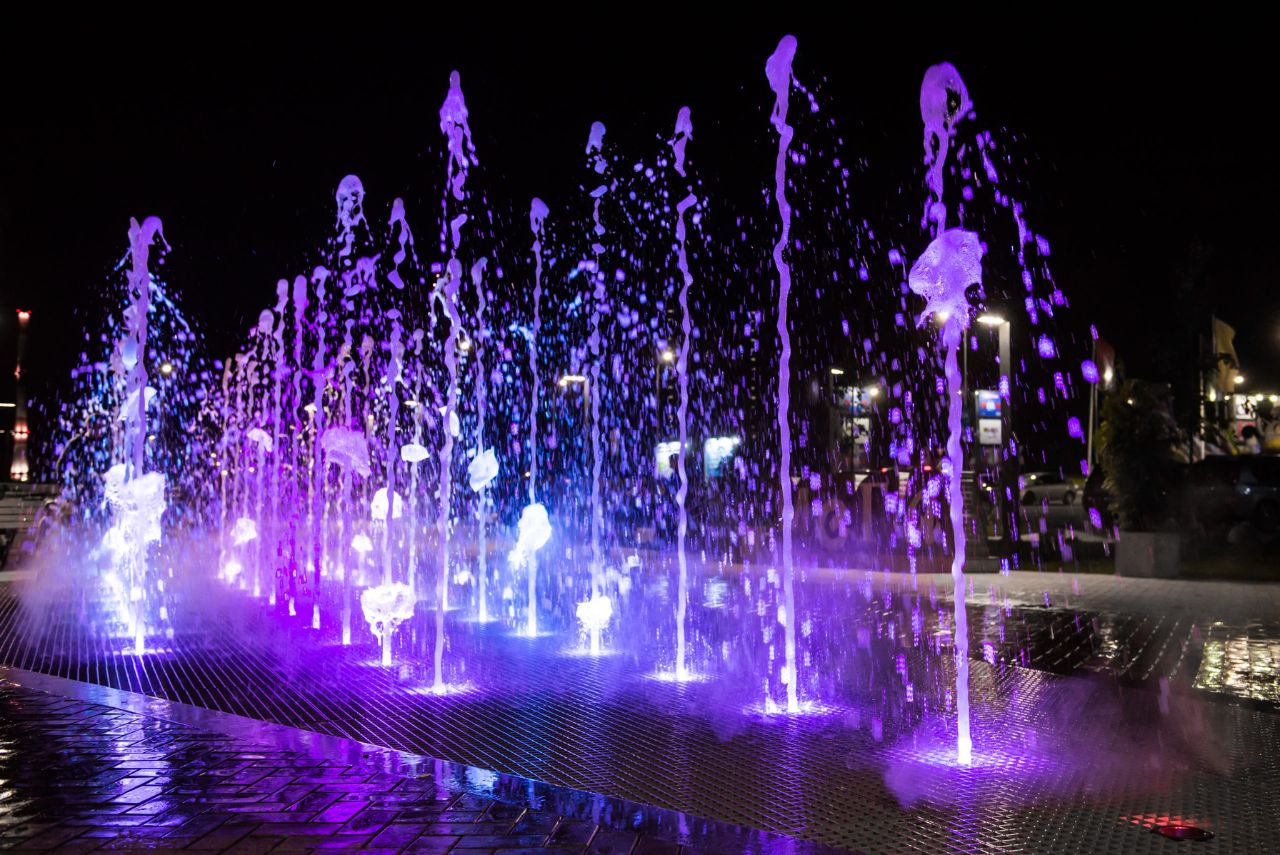
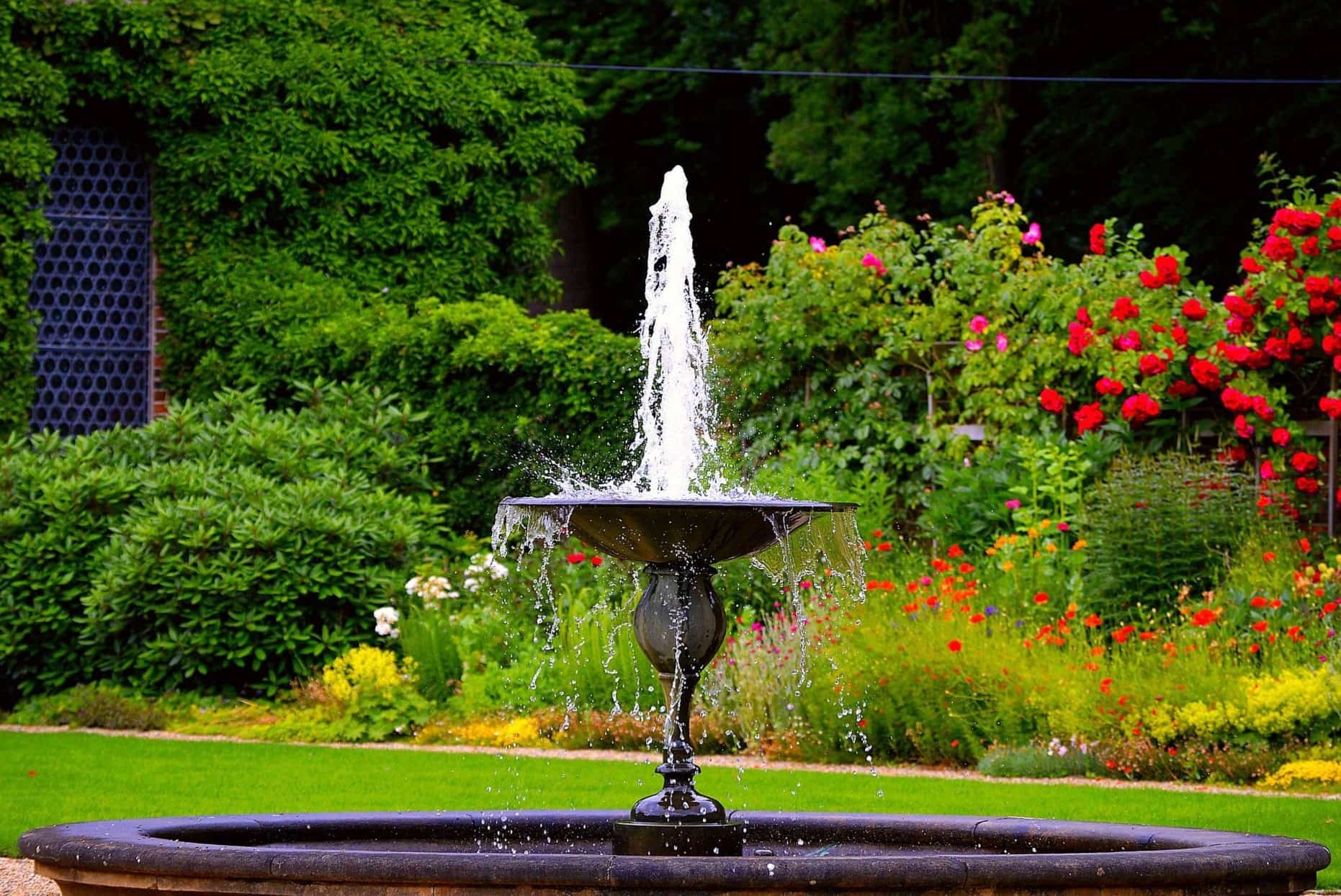
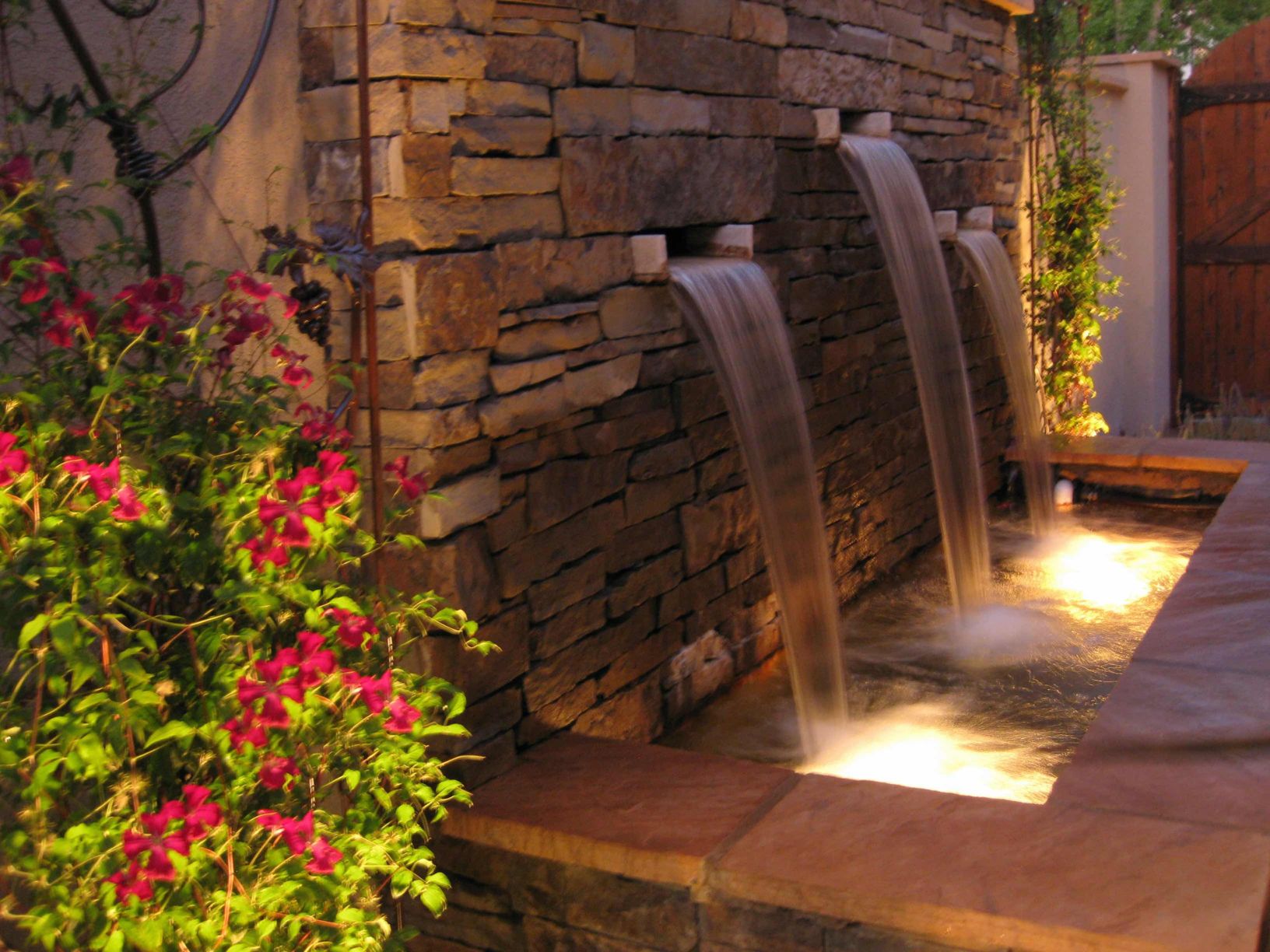
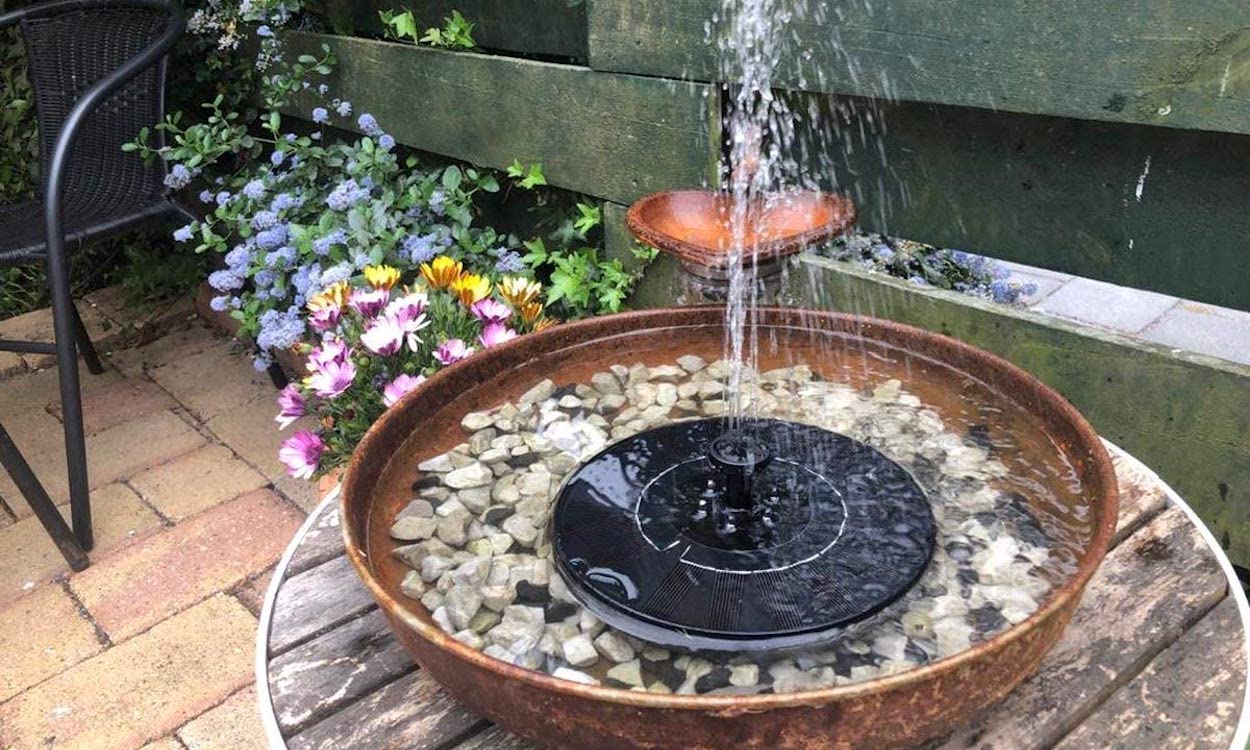
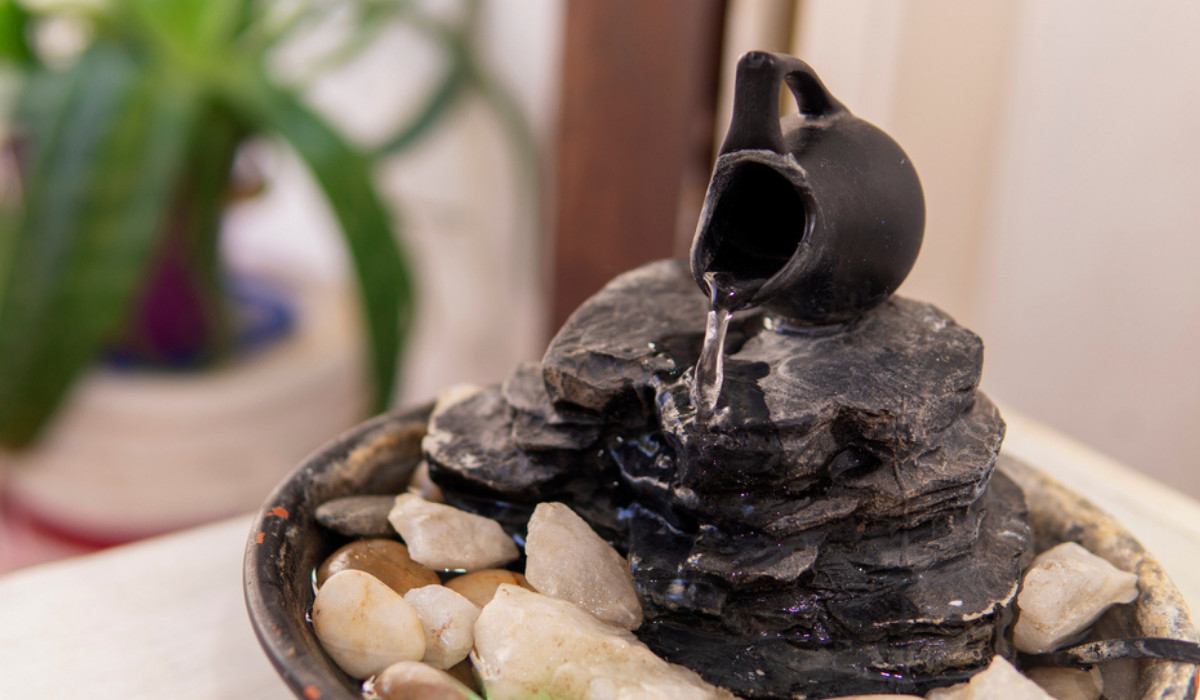
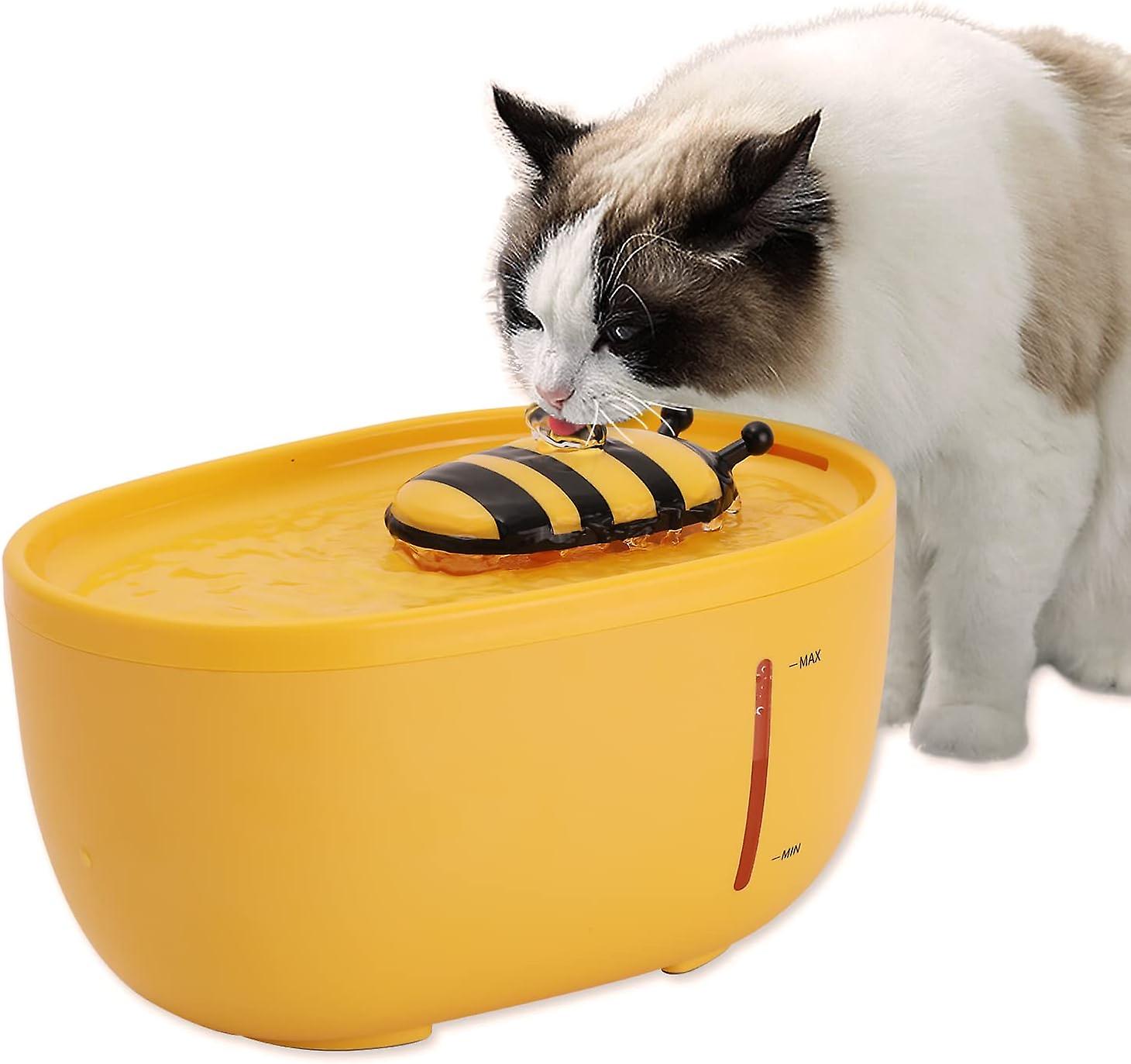
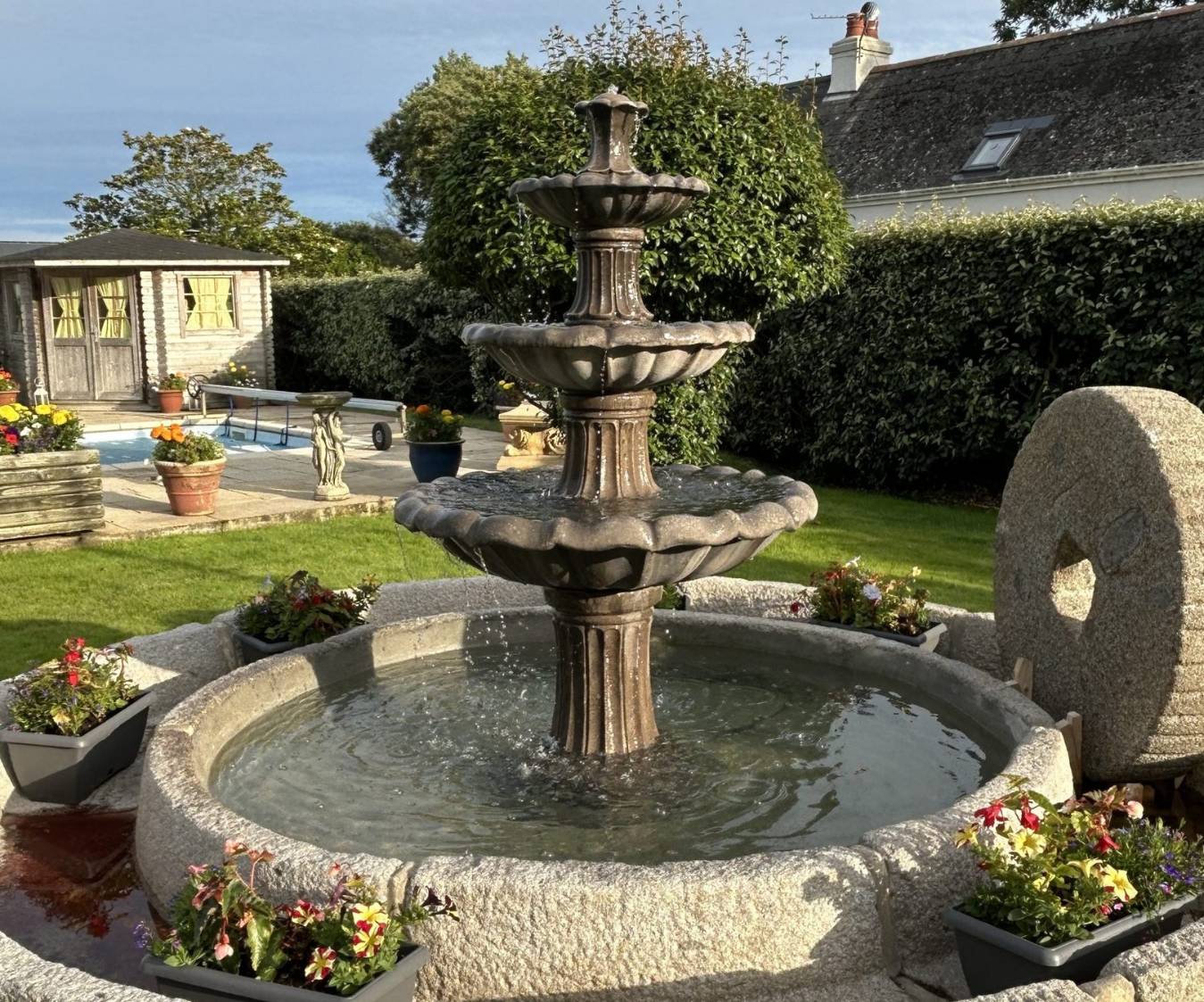
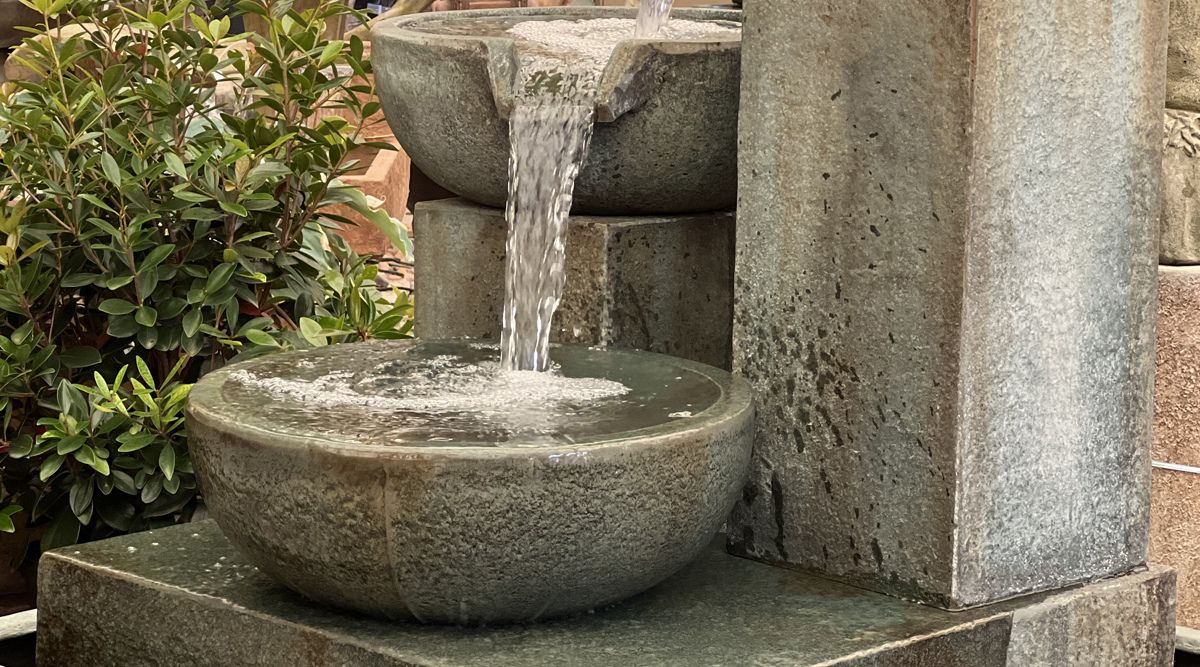
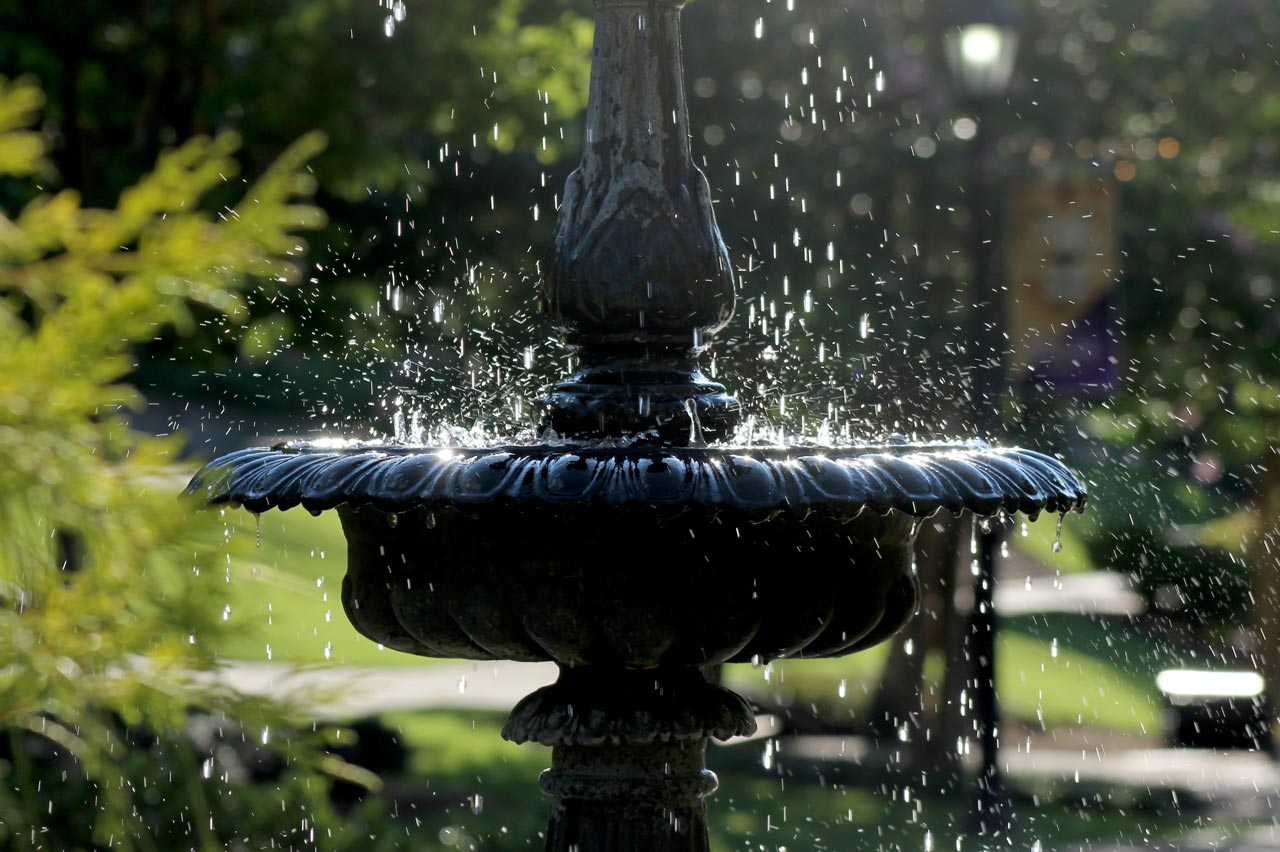
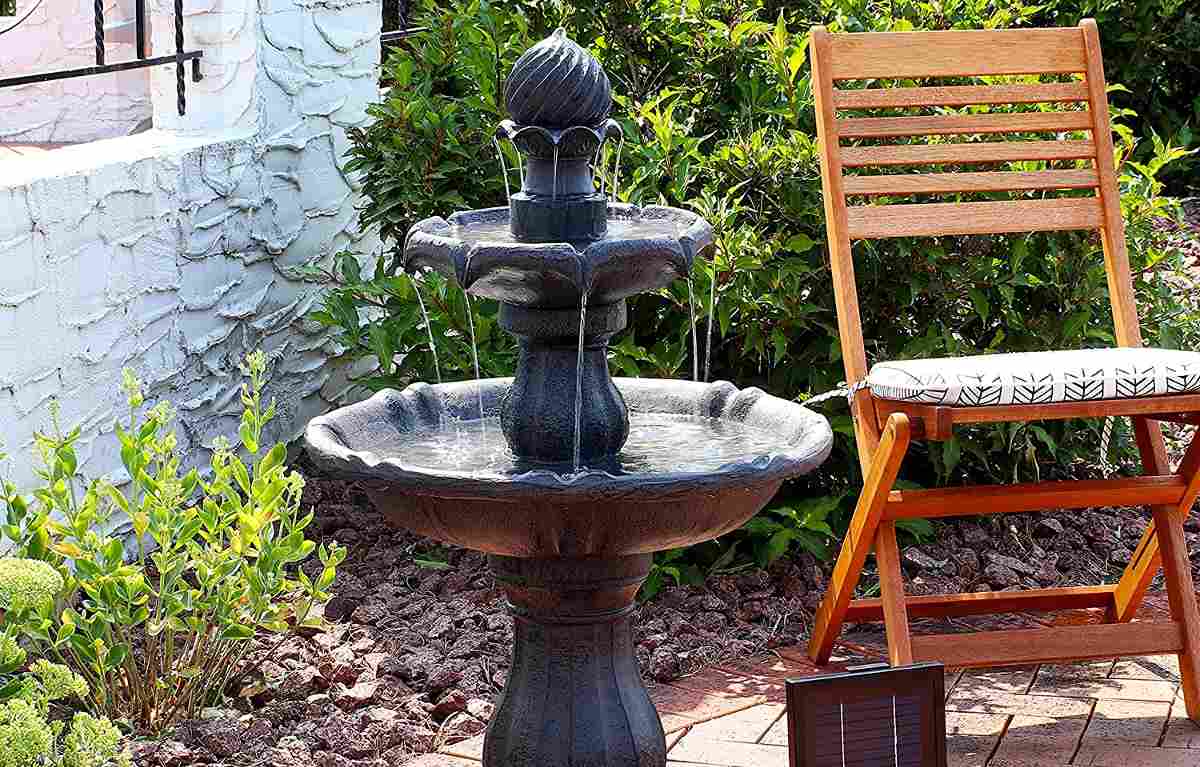
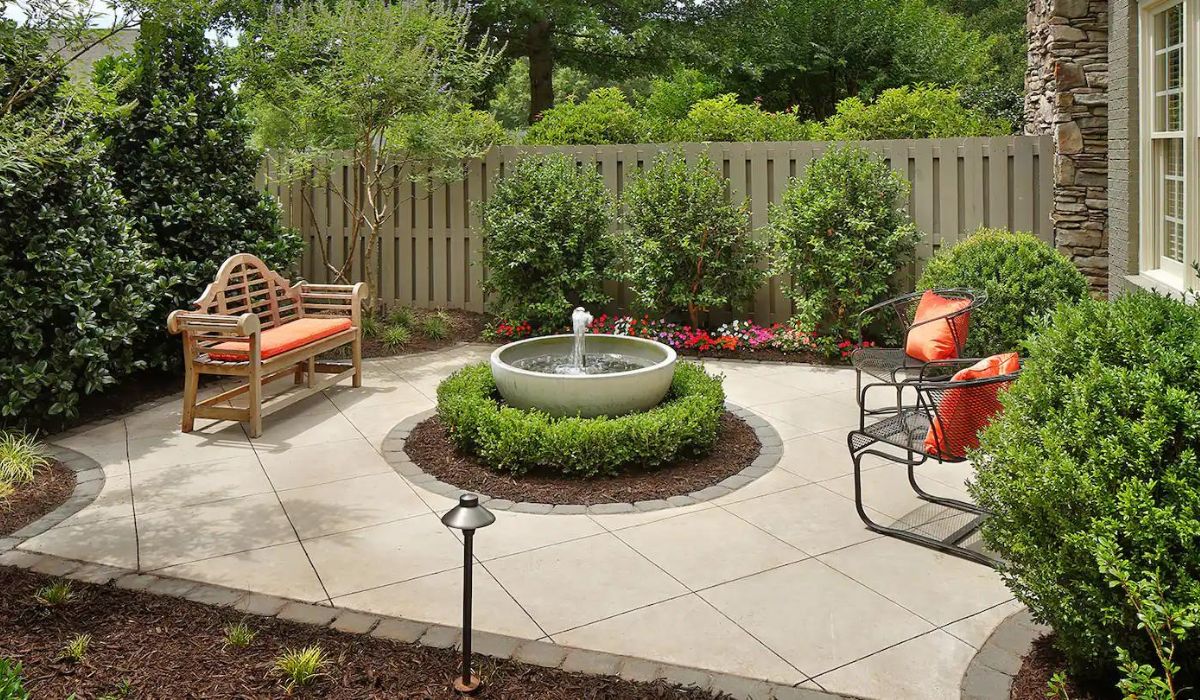
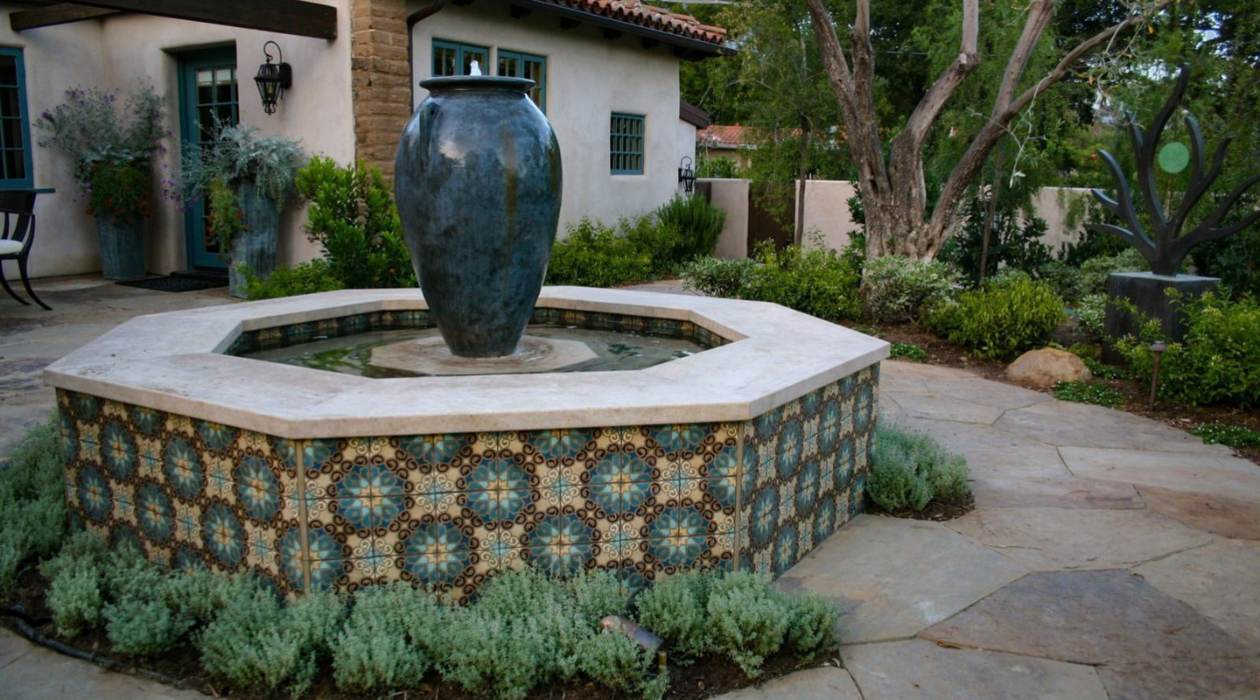
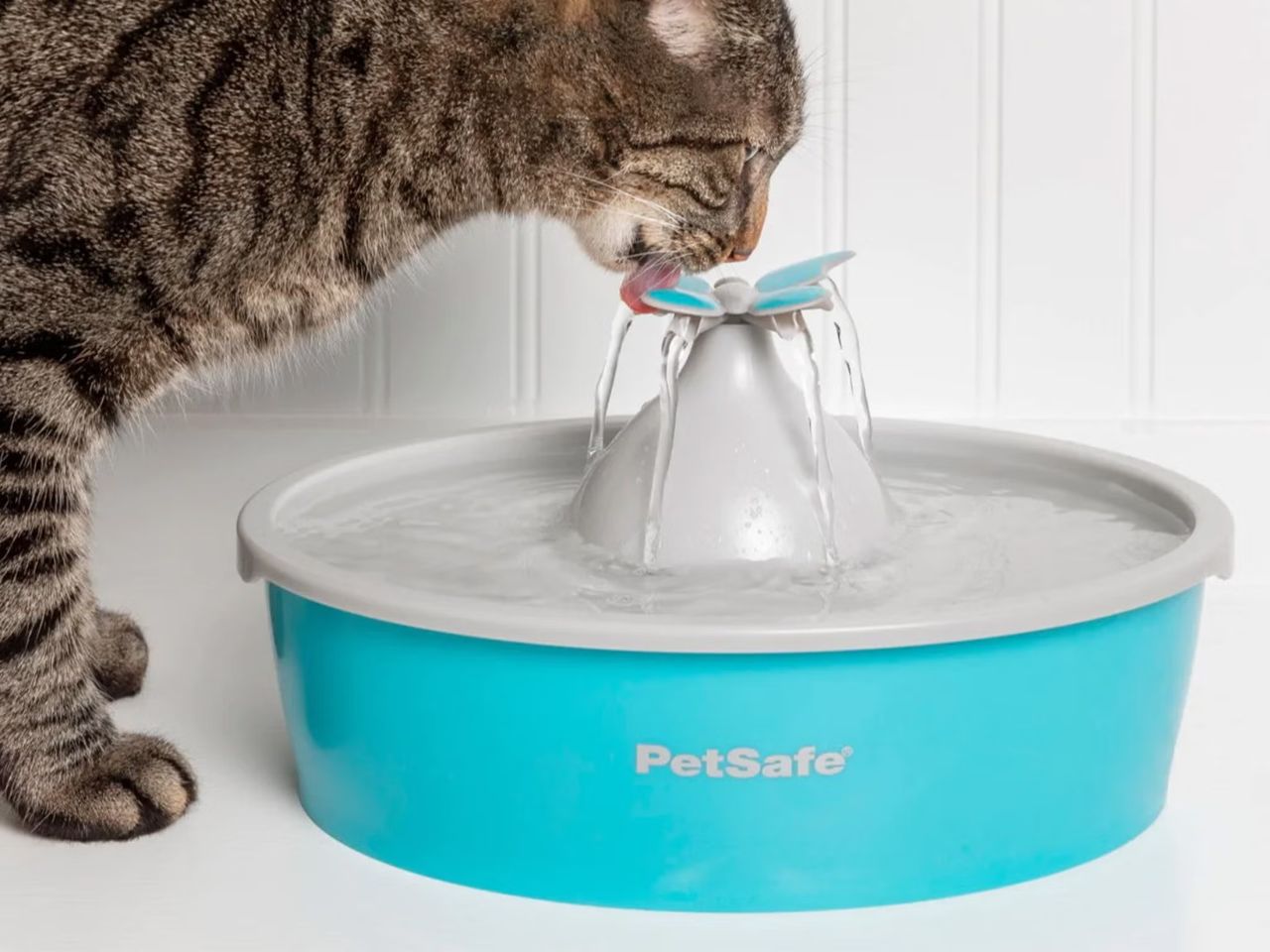

0 thoughts on “How To Make A Hummingbird Water Fountain”